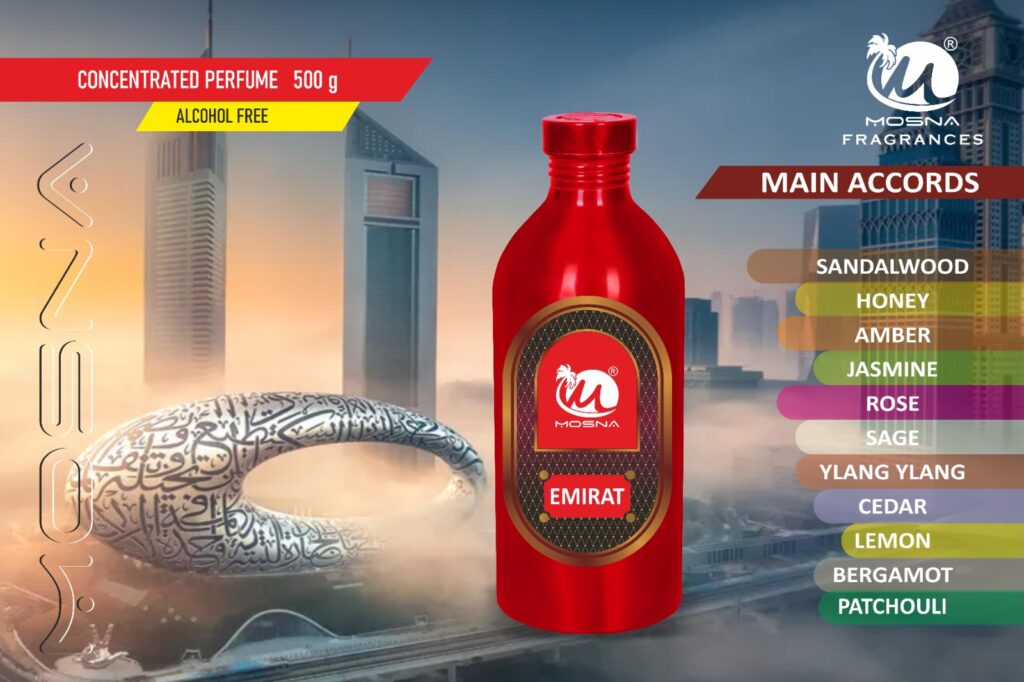
1. Natural vs Synthetic Ingredients
- Attars: Dive into how attars are crafted using natural essential oils derived from flowers, herbs, and spices. Highlight the alcohol-free aspect, which appeals to people seeking natural alternatives.
- Perfumes: Explain that perfumes typically use a combination of synthetic and natural ingredients, with alcohol being a significant component in many perfumes to dilute and diffuse the scent.
2. Concentration and Longevity
- Attars: Talk about how attars are highly concentrated oils, making them last longer on the skin due to their oil base.
- Perfumes: Discuss the varying concentrations of perfumes (like EDP and EDT) and how the alcohol content leads to faster evaporation, meaning perfumes generally need reapplication after a few hours.
3. Fragrance Notes and Profiles
- Attars: Explore the natural, earthy, and often more subtle tones found in attars. Explain that attars unfold slowly and create an intimate fragrance experience.
- Perfumes: Focus on how perfumes have a wider range of scent notes, from floral to fruity and woody. Perfumes are more diverse because of synthetic ingredients.
4. Cultural Significance
- Attars: Highlight the deep cultural roots of attars in regions like India, the Middle East, and Southeast Asia. Mention their use in religious ceremonies, meditation, and personal care routines.
- Perfumes: Discuss the global popularity of perfumes in modern-day fashion and lifestyle. Explain how perfumes have evolved with consumer demands.
5. Suitability for Different Lifestyles
- Attars: Point out that attars, being alcohol-free and natural, are often a choice for people with sensitive skin, those seeking sustainable options, or individuals adhering to traditions that prohibit alcohol.
- Perfumes: Mention how perfumes fit into fast-paced lifestyles, with easily accessible options and the convenience of light, refreshing scents.
